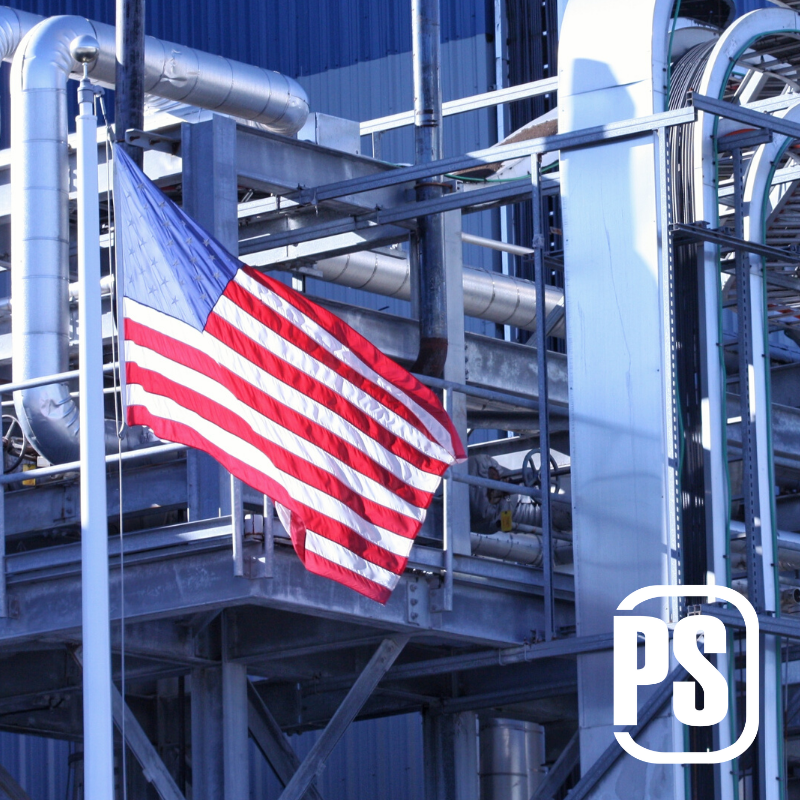
The term ‘analytics’ gets unfairly labeled as a buzz word by many, but has impacted a vast array of industries from manufacturing to banking and food production to professional sports, and hundreds if not thousands more.
Analytics is simply defined as informational analysis that is derived from the collection of data or statistics. Nearly every single function that exists in business operations can be a data set, and the mere collecting of that data can result in analytics that have an immediate impact on an organization’s bottom line. It all begins with production data collection. Analytics are only valuable if the data being collected is accurate, and pertinent to what needs to be analyzed. Once a manufacturer selects a process or function they would like to gain insight on, determining the specific data that should be collected regarding that process or function will be the lifeblood for analytics.
How Analytics Pull Back the Curtain on Productivity
For manufacturers, production analytics can be an invaluable tool that, if utilized properly, can propel an organization to the next level, help mitigate risks, and provide key insights to process inefficiencies, labor output, and machinery/equipment health. Over a period of time, data collected and converted into analytics can help managers more accurately forecast production goals, schedule routine or preventative maintenance, and identify employees who are negatively impacting production in less-than-obvious ways.
Production analytics can even uncover very telling information regarding supplier relationships and help improve the raw material procurement process. A simple example of this would be to collect data on the number of days that it takes materials to arrive from date they were ordered. Compare those figures to the frequency of when the raw materials are ordered, and you can determine the likelihood of procurement negatively impacting production forecasts. Additionally, over time, it will become obvious which suppliers are better equipped to handle time-sensitive material orders, resulting in fewer bottlenecks at the beginning of the production process.
When data collection is happening in real-time and converted to analytics, critical alerts or alarms can be sent to production managers instantaneously. Live issues can be exposed, and manufacturing can quickly resume when the problem is accurately identified and resolved the moment it happens. The impact of real-time analytics is crucial in manufacturing where small problems can become larger, more expensive problems if not recognized early enough.
Analytics in the Big Picture
As analytics are more commonly used, a greater visibility into production processes also emerges. One product may undergo multiple processes when being manufactured, and commonly, we only know the overall time to produce a product. When data is segmented by each individual process, and converted to analytics, production managers have the ability to evaluate which processes are occurring efficiently or inefficiently, and isolate any inefficiency down to the machine or operator level.
On a larger scale, production analytics also provide valuable information to executive management and ownership that can lead to substantial decision-making. Analytics that help determine maximum production capacity of a plant can help executive management consider facility expansion or acquisition of another plant. Even within an existing facility, production analytics assist in approving capital expenditures of new machinery and equipment, and provide strong logic for determining the right time to upgrade.
Conclusion
Simply put, data is created by nearly everything a manufacturer does. The ability to capture that data, and transform it into valuable analytics can not only provide multiple levels of an organization with statistically driven insights, but also lead to achieving optimal efficiency among equipment, personnel, and expenses.





